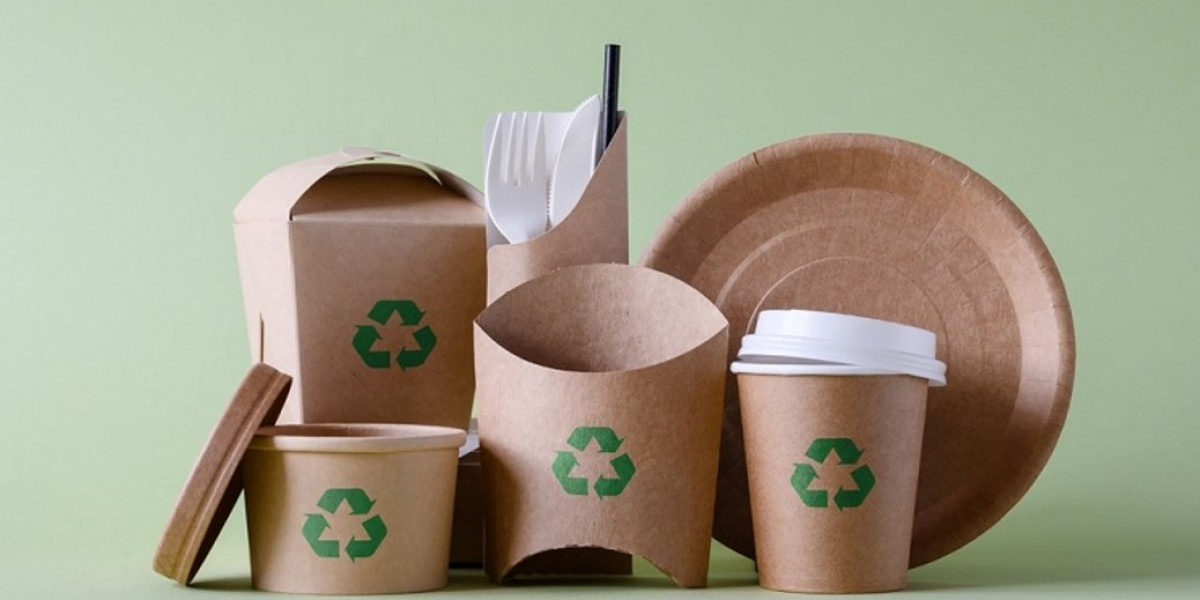As the world intensifies efforts to combat climate change and reduce plastic pollution, biodegradable packaging materials have emerged as a promising solution. These materials—derived from renewable resources like corn starch, cellulose, or polylactic acid (PLA)—are designed to break down naturally in the environment, unlike conventional plastics. However, despite the promise, the biodegradable packaging materials market faces a number of significant challenges that threaten to stall its growth and mainstream adoption.
High Production Costs
One of the most pressing issues is the high cost of manufacturing biodegradable materials. Compared to conventional plastic, which benefits from decades of industrial optimization and low-cost petroleum inputs, biodegradable alternatives are expensive to produce. The use of agricultural feedstocks like corn or sugarcane adds a layer of cost fluctuation based on crop yield and market demand. Additionally, the complex production processes and smaller economies of scale drive up the final product price, making it less attractive to cost-conscious manufacturers and consumers.
Limited Performance Characteristics
Biodegradable packaging often struggles to match the durability, moisture resistance, and shelf life of traditional plastic packaging. For industries like food and beverage, where packaging must preserve product integrity over time and through various environmental conditions, this performance gap presents a significant hurdle. Many biodegradable materials have lower barrier properties, meaning they allow moisture and gases to pass through more easily—reducing their effectiveness in certain applications.
Inadequate Industrial Composting Infrastructure
Although biodegradable packaging is designed to decompose, most materials require specific conditions—such as high temperatures, controlled humidity, and microbial activity—to fully break down. These conditions are typically found in industrial composting facilities, which are not widely available in many regions, especially in developing countries. Without the appropriate disposal infrastructure, biodegradable packaging often ends up in landfills, where it decomposes slowly and can release methane, a potent greenhouse gas.
Consumer Misconceptions and Behavior
Many consumers confuse biodegradable and compostable materials with recyclable plastics or assume they decompose anywhere, including in oceans or backyard compost piles. This misunderstanding can lead to improper disposal and contamination of recycling streams, reducing the effectiveness of waste management systems. Additionally, the convenience culture in modern consumer behavior—prioritizing low cost and disposability—can undermine the adoption of more sustainable but more expensive alternatives.
Regulatory and Standardization Gaps
The lack of globally accepted standards and certifications for biodegradability adds confusion for both manufacturers and consumers. Different countries have varied definitions of what constitutes "biodegradable" or "compostable," and there are limited enforcement mechanisms to verify claims. This regulatory ambiguity allows some companies to engage in greenwashing, undermining public trust and harming the credibility of genuinely sustainable alternatives.
Competition with Other Sustainable Materials
Biodegradable packaging is not the only eco-friendly packaging solution on the market. Reusable, recyclable, and paper-based packaging materials are also gaining traction, often with fewer logistical challenges. For example, reusable containers are being adopted in closed-loop delivery systems, while recyclable plastics and fiber-based materials can be processed in existing infrastructure. As a result, biodegradable packaging must continuously prove its comparative value in terms of environmental impact, cost-efficiency, and functionality.
Raw Material Sourcing and Land Use Concerns
The production of biodegradable materials often depends on agricultural feedstocks, raising concerns about land use, food security, and the sustainability of monoculture farming practices. Diverting arable land to grow crops for packaging instead of food can exacerbate food price volatility and environmental degradation, particularly if not managed responsibly.
Conclusion
The biodegradable packaging materials market holds immense potential to revolutionize the way industries and consumers approach sustainability. However, overcoming the current challenges requires coordinated efforts across multiple fronts—including investment in research and development, standardization of regulations, expansion of composting infrastructure, and increased public awareness. Only through a holistic approach can the sector move from niche application to mainstream adoption and play a vital role in shaping a more sustainable future.






